Images show what it's like to fall into a black hole
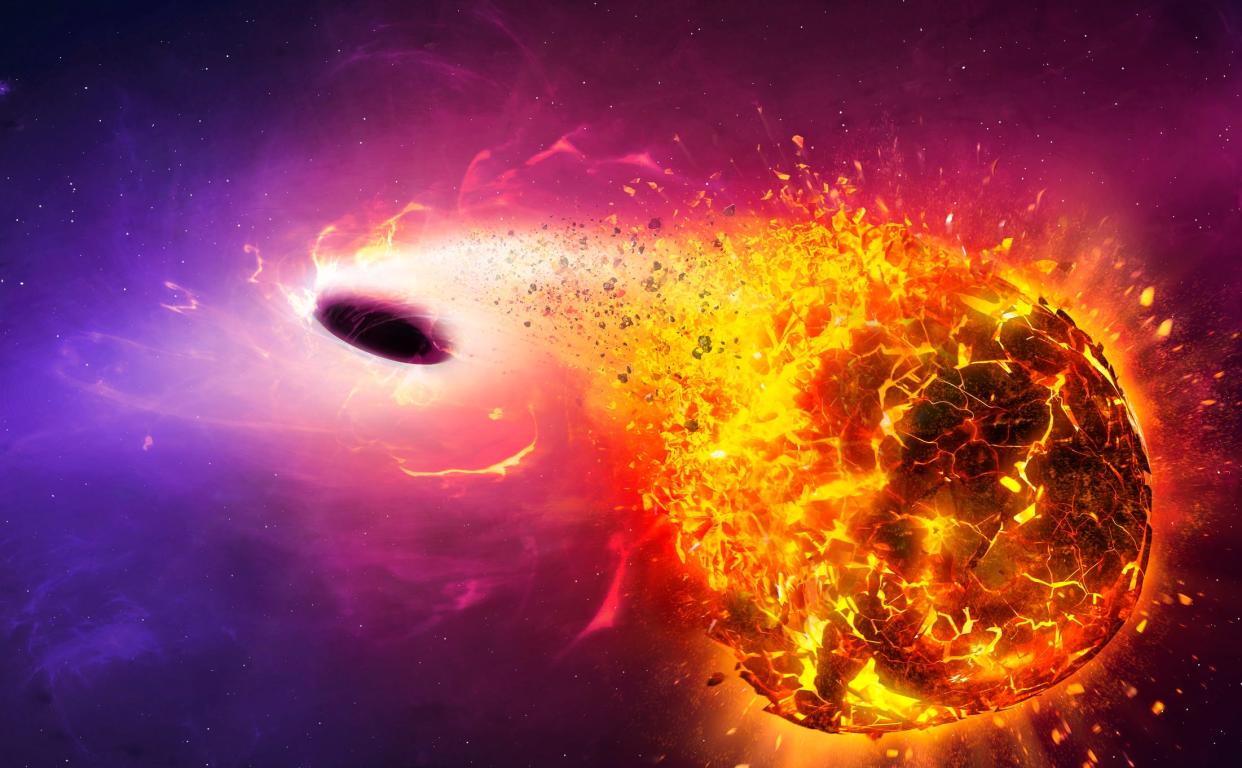
A NASA video reveals in stunning detail what falling into a black hole would look like.
A NASA astrophysicist used Einstein's general theory of relativity to simulate the wild ride.
The black hole's gravity warps light around it, making for a trippy experience. See for yourself.
NASA recently released a series of trippy videos showing what it would look like if you plunged into a black hole.
But not just any black hole — a supermassive black hole with 4.3 million times the mass of our sun. That's about the size of the giant black hole that lurks at the center of our Milky Way galaxy.
Black holes are extreme cosmic environments where gravity, time, and light act differently from what we're used to on Earth.
That's what Albert Einstein predicted with his general theory of relativity in 1915: that massive objects, like black holes, warp the fabric of space-time.
Under those extreme conditions, things get weird: time ticks by differently than on Earth and light travels on strange paths, warping your view of reality.
Einstein may have had an idea of what that would look like, but now using the theory of general relativity, NASA astrophysicist Jeremy Schnittman can actually show you.
Approaching a supermassive black hole
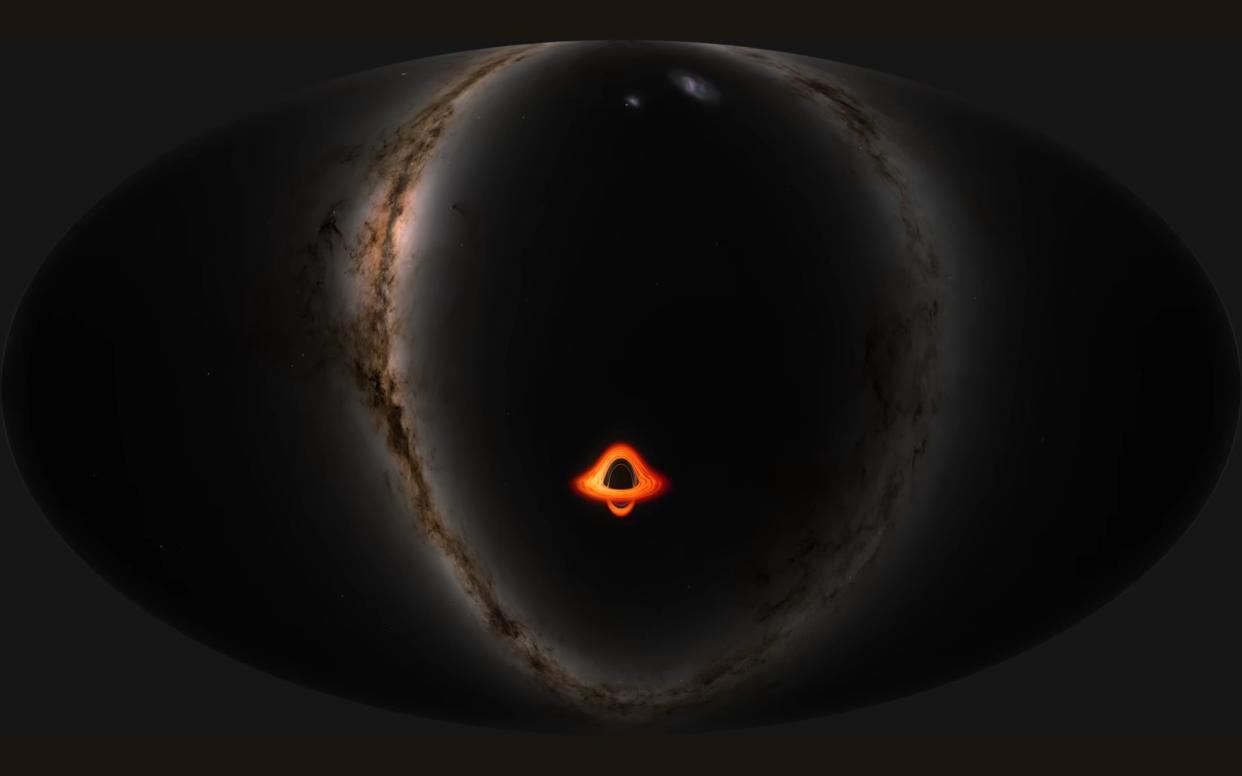
Schnittman begins his simulation with a distant view of a supermassive black hole surrounded by a glowing ring of gas.
Black holes, by definition, are invisible because their gravitational pull is so great that nothing can escape — not even light.
However, if a star or gas cloud ventures too close to a black hole, the black hole's gravitational grip can shred it apart.
The result is the gas ends up orbiting the black hole, forming what's called an accretion disk, which is the red ring you see around the black hole in this illustration.
Inching closer to oblivion
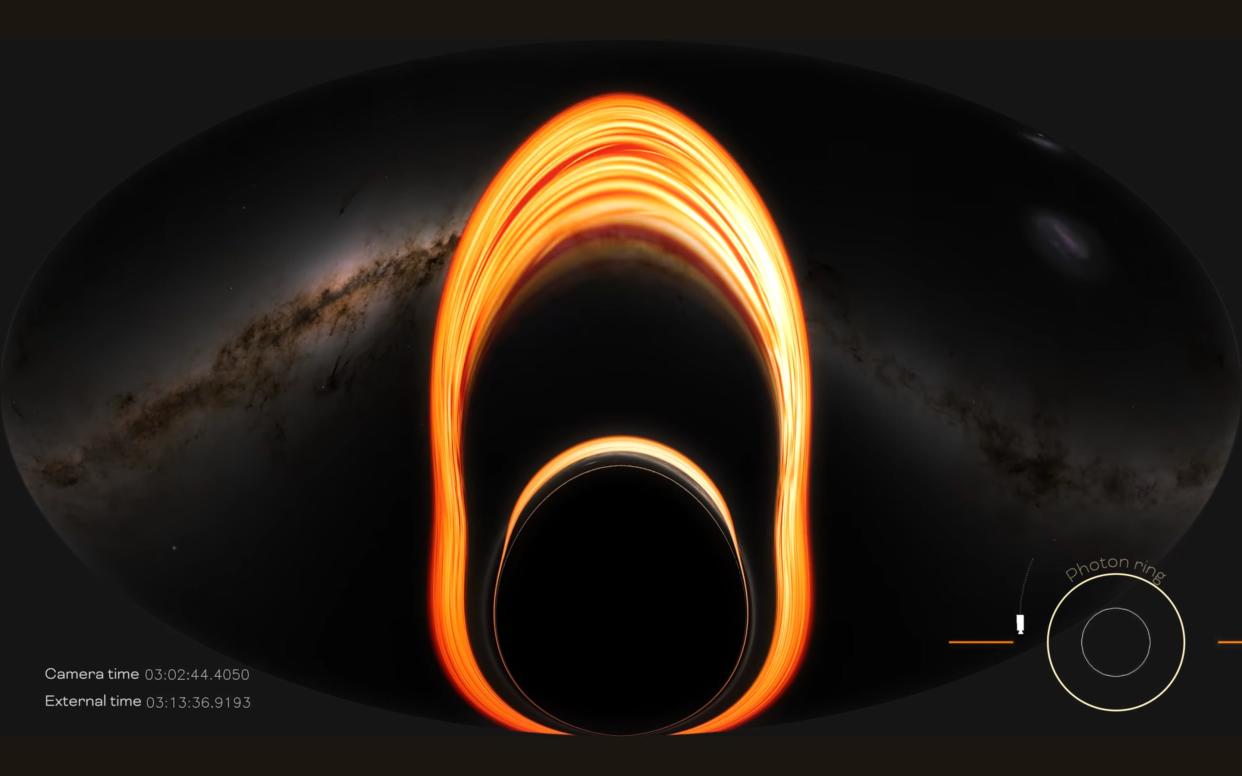
As the camera inches closer, you can see a dark band within the accretion disk followed by a thin ring of light closer to the black hole's center. This ring is called a photon ring.
A photon ring is the last feature of a black hole you can see before entering the point of no return, called the event horizon.
Once you pass the event horizon, you're permanently trapped within the black hole's gravitational hold. There is no escape.
And that dark band just outside the photon ring? That's called the event horizon shadow. It's a peculiar trick of the light that the distorted space-time around the event horizon plays on our eyes.
Rapidly accelerating to your doom
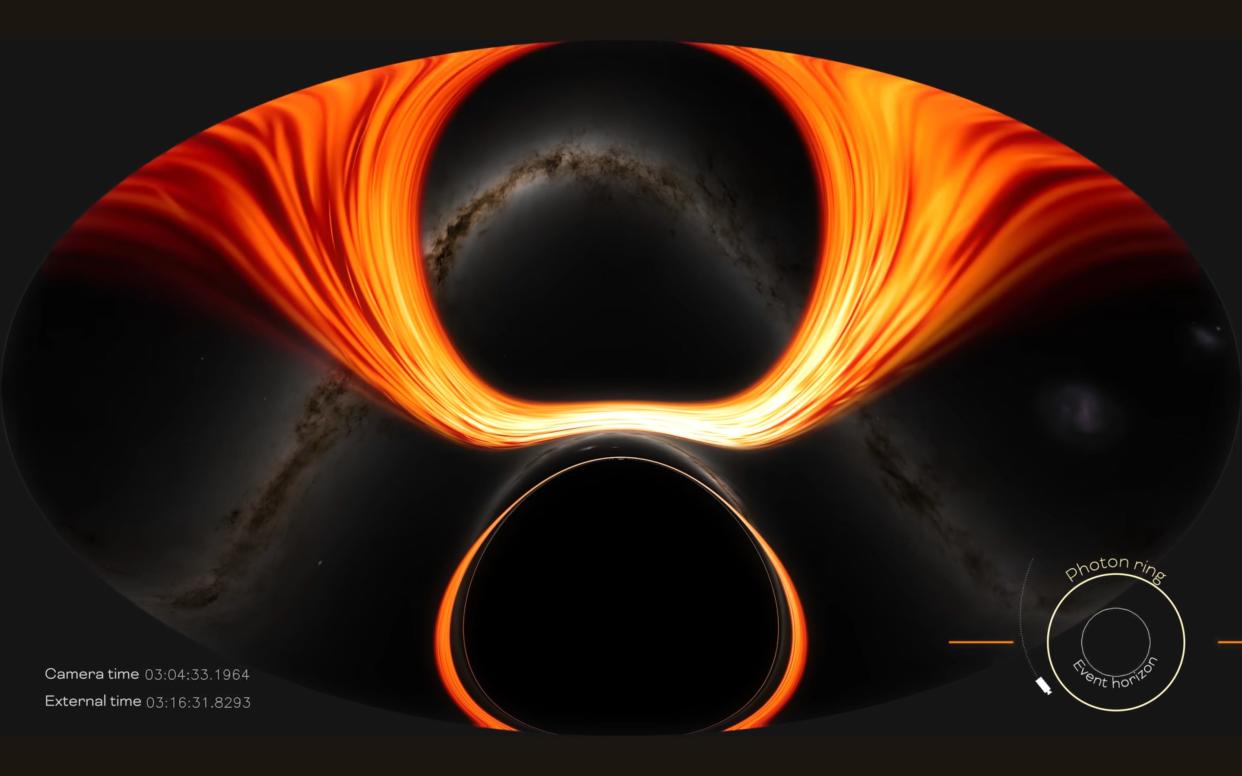
As your spaceship travels closer to the event horizon, the black hole's gravity grows stronger, accelerating you to tremendous speeds approaching the speed of light.
As a result, the light you can see is amplified and appears brighter, "much the same way as the sound of an oncoming racecar rises in pitch," NASA said in a press release describing the videos.
Light also becomes increasingly distorted because the space-time region you're entering is warped more by the black hole's gravity.
10 minutes and counting
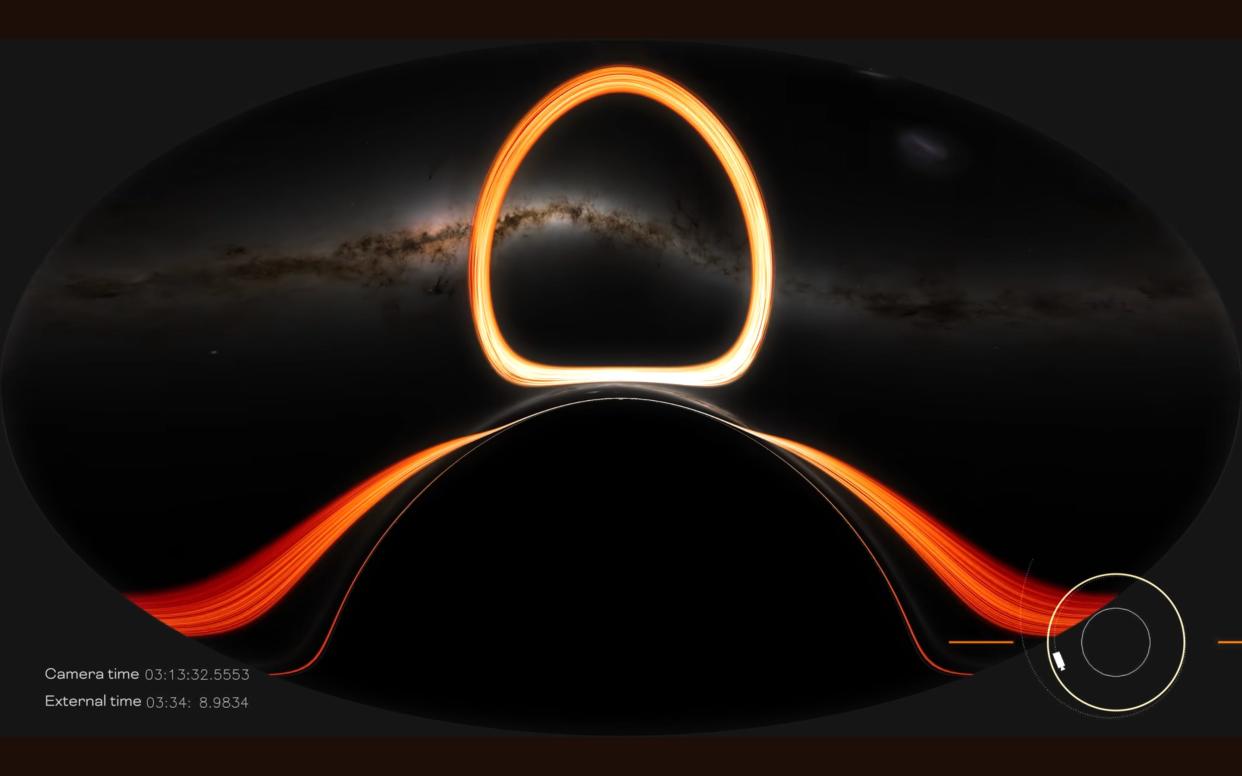
Once you've passed the photon ring, you're only 10 minutes away from reaching the event horizon, according to NASA's calculations.
In those 10 minutes, you continue to see the light from the accretion disk and photon ring warp in a repeated cycle of growing and shrinking distorted ovals.
After the countdown reaches zero, "once the camera crosses the horizon, its destruction by spaghettification in just 12.8 seconds away," Schnittman said in the NASA press release.
Spaghettification is the term to describe how the black hole's gravity would stretch your body to as thin as a piece of spaghetti, killing you in the process.
The point of no return
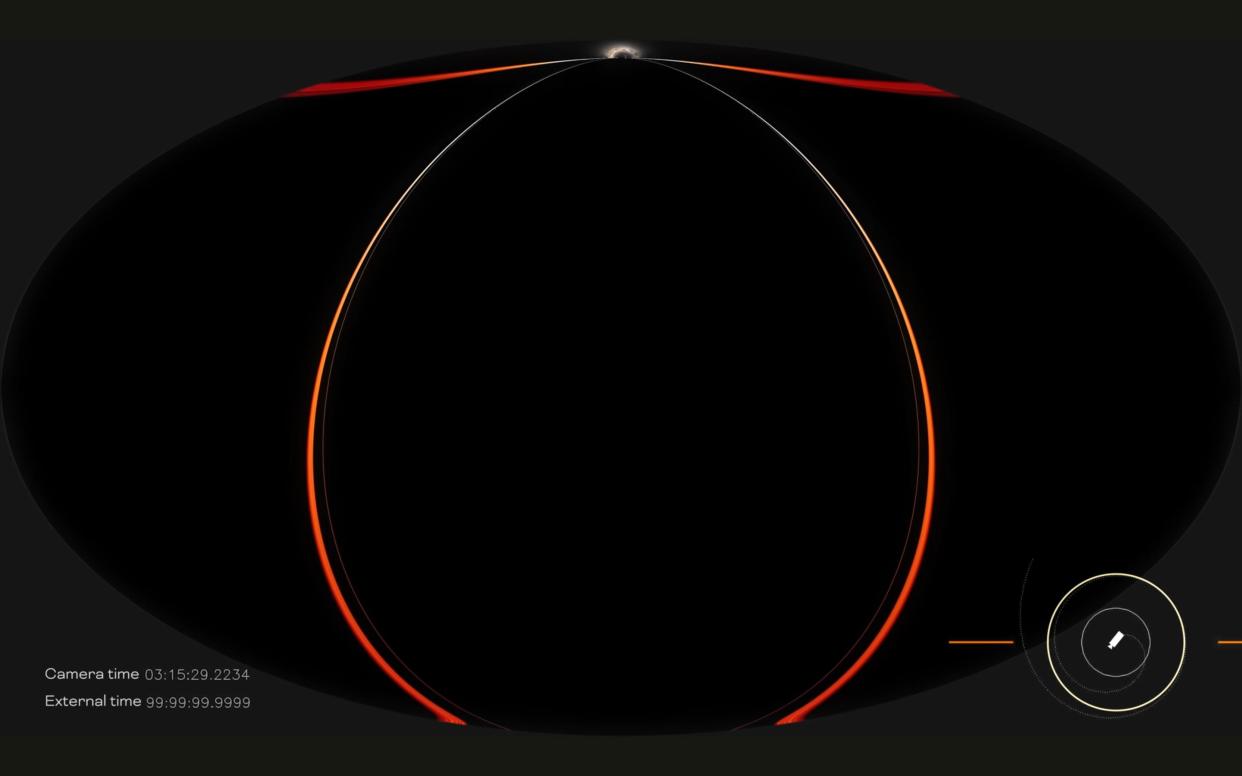
At this point, you'd probably be too worried about your body spaghettifying to look outside. But if you did, you'd see only a faint, thin red line of light as you plummeted toward the black hole's center.
Once you pass the event horizon, it's only 79,500 miles to the very center of this black hole. A black hole's center is what's called the singularity. It's a mysterious place where gravity is so extreme that our laws of physics break down and we don't know what happens.
We do know, however, that you'd be dead before you reached it.
How black holes spaghettify their prey
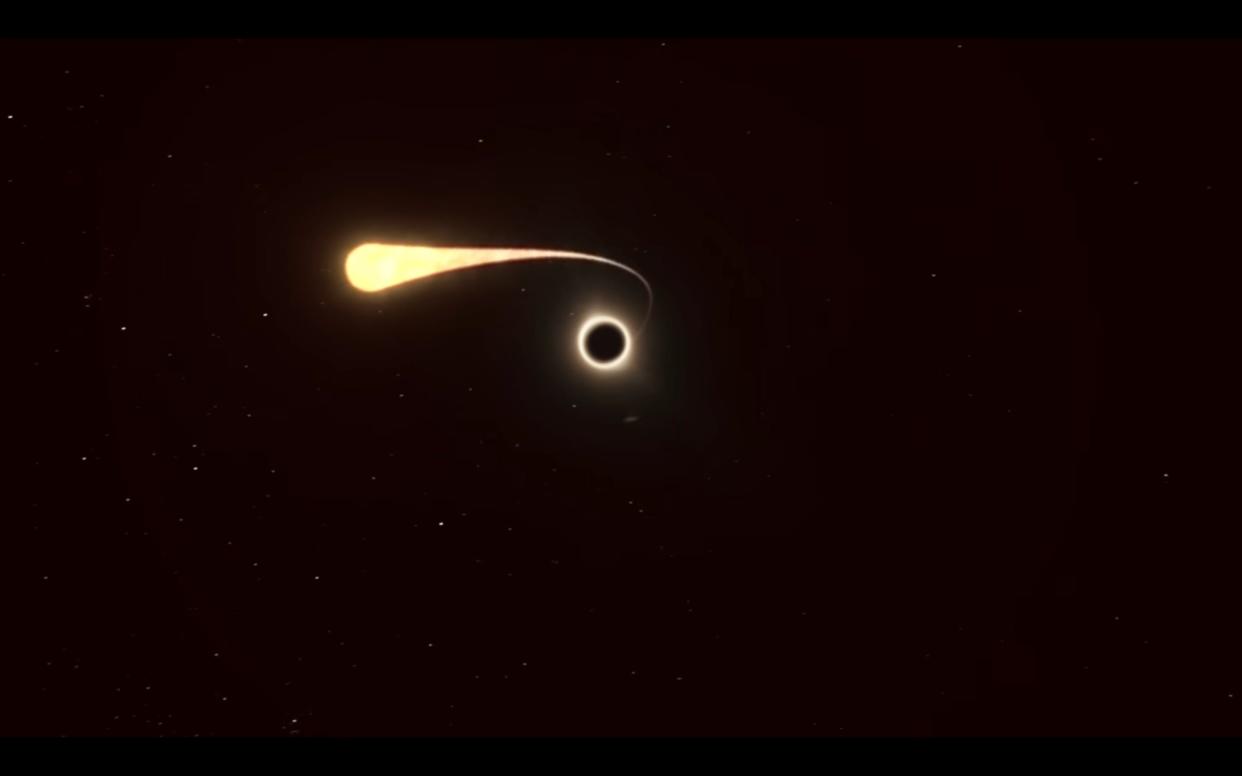
The reason death by black hole is also sometimes called death by spaghettification is because of the black hole's immense gravity.
Black holes have the strongest gravitational pull of any object in our universe. That's why they can easily take an entire star and shred it to pieces if the star ventures too close.
Let's say you could stand on the surface of a black hole. Your feet would feel a stronger gravitational pull than your head because your feet would be closer to the black hole's center, where gravity is greatest.
As a result, the black hole would pull your feet toward the center faster than your head, stretching you out little by little, inch-by-inch, until you were as thin as spaghetti.
What a real black hole looks like
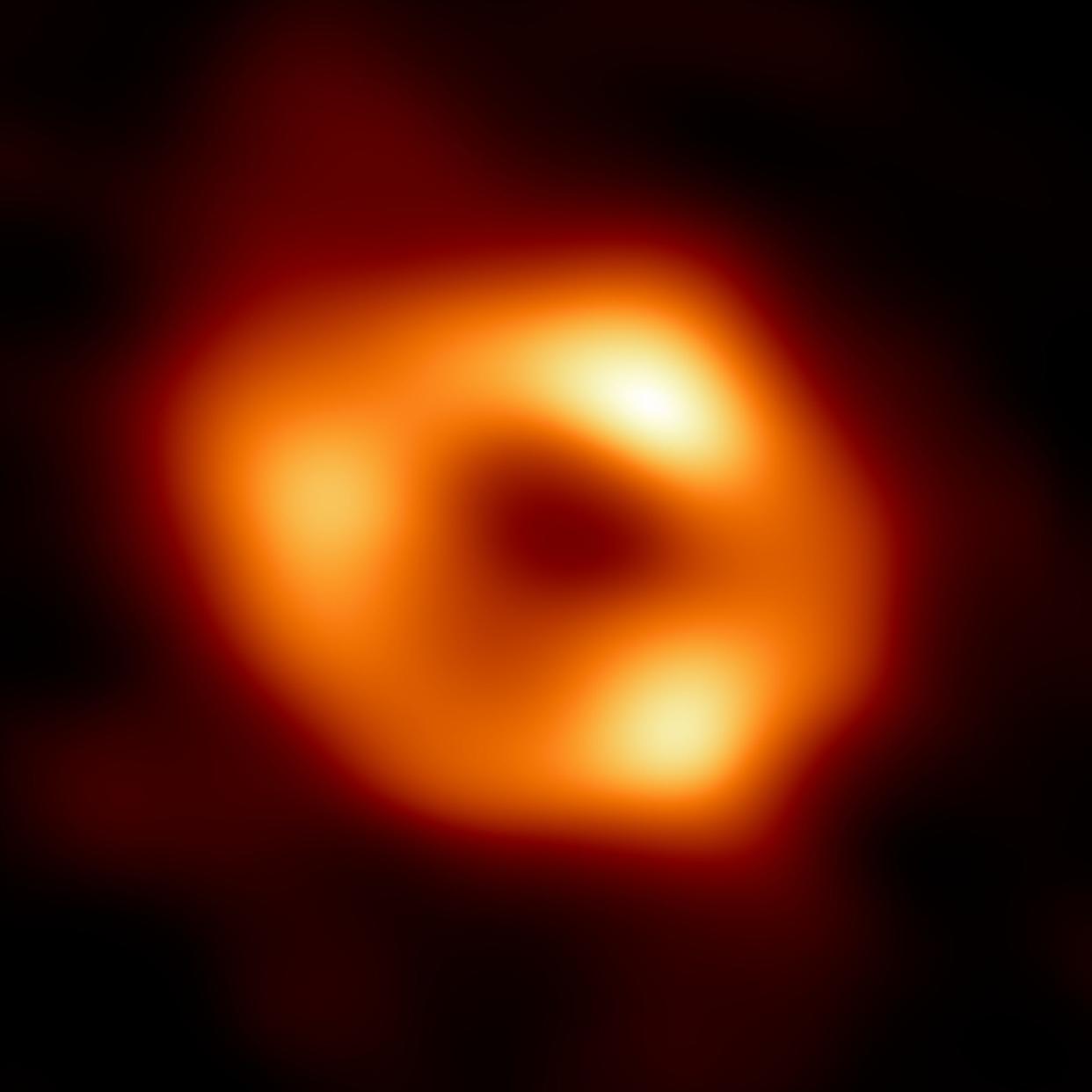
NASA's simulation is based on a supermassive black hole the same size as the one at the center of our galaxy: Sagittarius A*. Here's an image of what Sagittarius A* really looks like.
Scientists released this image of Sagittarius A* taken by Event Horizons Telescope in 2022. It's not as clear as NASA's simulation, but you can still see some of the telltale features: an accretion disk of light surrounding a black center.
While it might not look that amazing at first, this photo of a black hole becomes far more impressive when you realize that Sagittarius A* is about 26,000 light-years from Earth.
Simulating black holes with Einstein's help
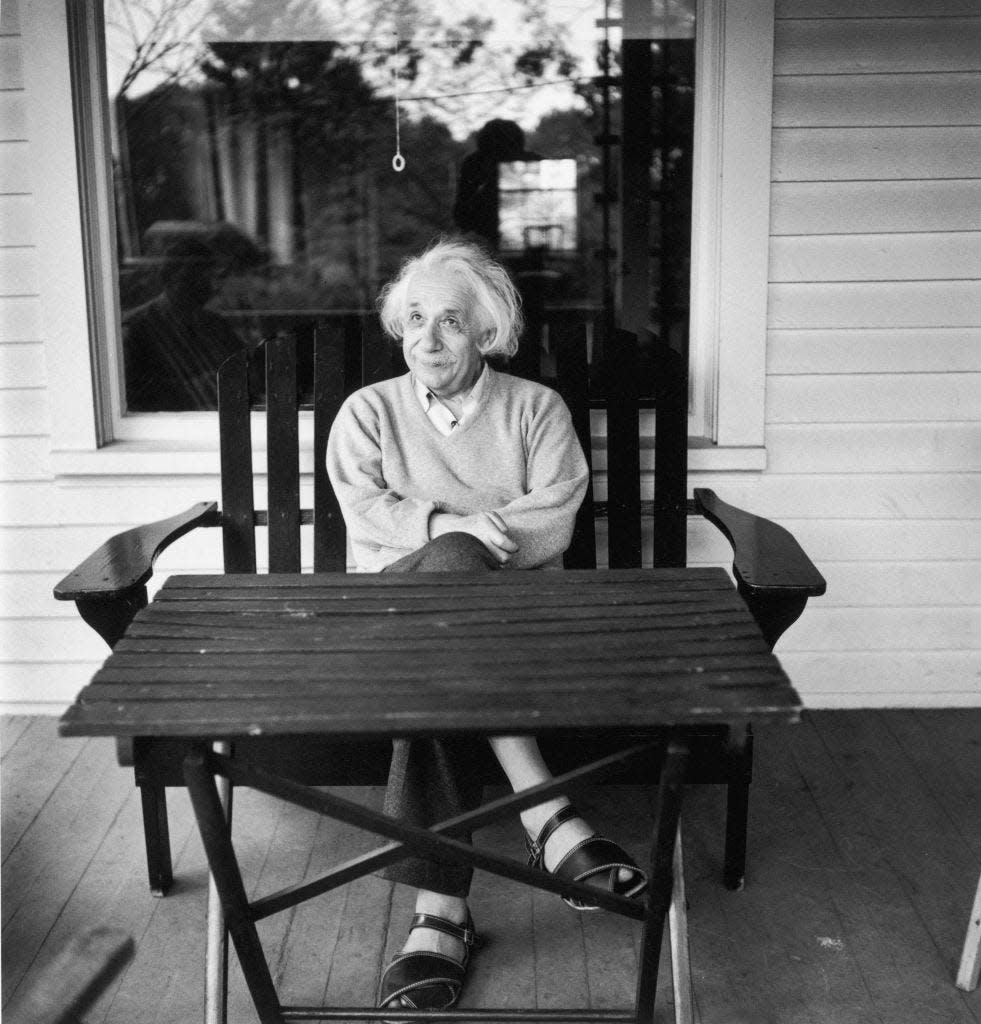
Einstein's greatest theory was his theory of general relativity. Without it, scientists could not understand gravitational waves, the expansion of the universe, time dilation, and black holes.
"Simulating these difficult-to-imagine processes helps me connect the mathematics of relativity to actual consequences in the real universe," Schnittman, who created the visualizations, said in NASA's press release.
Schnittman created these beautiful simulations using the Discover supercomputer at the NASA Center for Climate Simulation. They took just 5 days to generate whereas it would have taken over 10 years if he'd used a typical laptop.
Watch the full video
Read the original article on Business Insider
